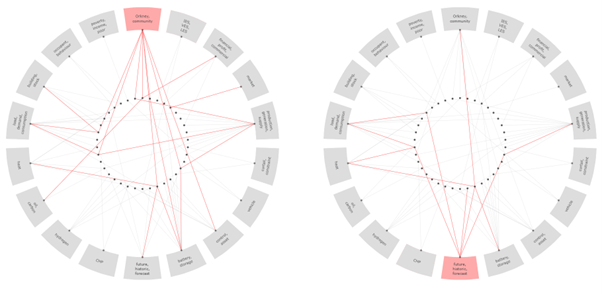

To fully understand, and model, a local energy system, there is the need to quantify many different aspects at the same time. This is often referred to as ‘integration’ of modelling – essentially bringing together models of energy demand, specific technologies, energy supply, and the supporting infrastructure. However, the extent that such models need to be genuinely integrated (i.e. “hard-wired”), as opposed to a ‘toolkit’ of different models doing different things, is debatable.
Published 03/04/2023
The challenge
Modelling tools that are relevant to energy systems are vast in number, and often quite specific in application. For example, a battery charge/discharge model may not have been constructed with wider energy network performance in mind so may not (by default) produce metrics required for energy system design.
The question is then whether to alter that model to generate information that is useful to other parts of the energy system (and other modelling areas), or seek to create an integrated energy system model that incorporates all things to all people.
This latter option is attractive for communicating consistent assumptions to multiple actors – and potentially helps with model efficiency, having a ‘one-stop’ location for all modelling. However, this can require compromises on model detail such that the output of one calculation is consistent and usable as input for another calculation within that wider energy system model.
ReFLEX approach
The ReFLEX modelling team understood that the siloed models do not help the challenges of integration. However, there is also the need to maintain detail of, for example, a building energy model or battery model so that the message from that model is not lost.
The approach was therefore to:
- Inventorise the sector/technology-specific models being used to enhance visibility of the analysis being conducted.
- Present this as a toolkit of models that, although working somewhat separately, can be run off consistent assumptions and therefore be soft linked (rather than hard linked) across an energy system.
- Use the multiple models within that toolkit as a pragmatic way of responding more flexibly to specific questions that might be posed of that energy system.
This latter point allows a modeler to choose the tools and methods that are required to respond to a query, rather than relying on a (potentially black-box) high-level energy system model which may not quantify the parameters at the resolution or scale required.
The below visulisation shows how modelling questions can be mapped against modelling tools.

What could have been done differently?
The project team could have adopted, solely, an existing energy system model that summarises and approximates the performance of an energy system at a high level (indeed, this was investigated via work of Energy Systems Catapult and ITEG). However, with the project goals requiring a very tailored understanding of the energy system in a specific community in Orkney (and wanting the model architecture to take a similarly tailored approach if moved to another case-study area), it was felt that the toolkit approach allowed for a more transparent, responsive solution to the different needs of different actors.

